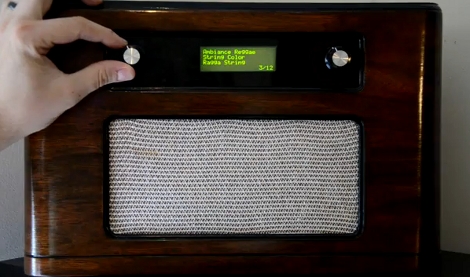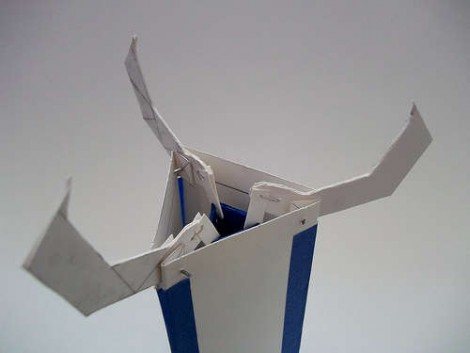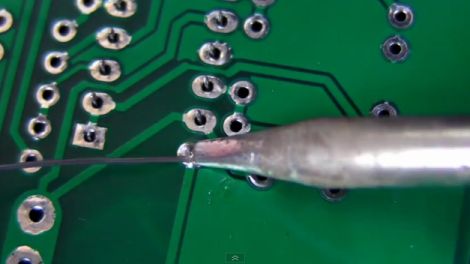
What could be better than a low-res black and white photograph printed instantly on paper that will yellow and crumple over time? Wow, we really need to work on our sales pitch. But all kidding aside, we love the idea that [Niklas Roy] came up with in order to build this thermal printing camera.
His Picasa album has two snapshots of the hardware. He’s using an LM1881 for video sync separation just like he did with his PING project. From there an ATmega8 microcontroller grabs each column from the image and prints it using the thermal printer. It looks like everything runs on a 9V battery which is nice for portability (although we still never got our hands on that rechargeable 9V we’ve been meaning to pick up). Perhaps just as impressive is that [Niklas] got this up and running with about 400 lines of code. Nice!
Of course you’ll want to see this in action so we’ve placed a video clip after the break. Just like old-timey cameras it looks like you’re going to need to sit still until the image is done printing.
Continue reading “Your Snapshot On A Thermal Printed Receipt, Instantly!”
















